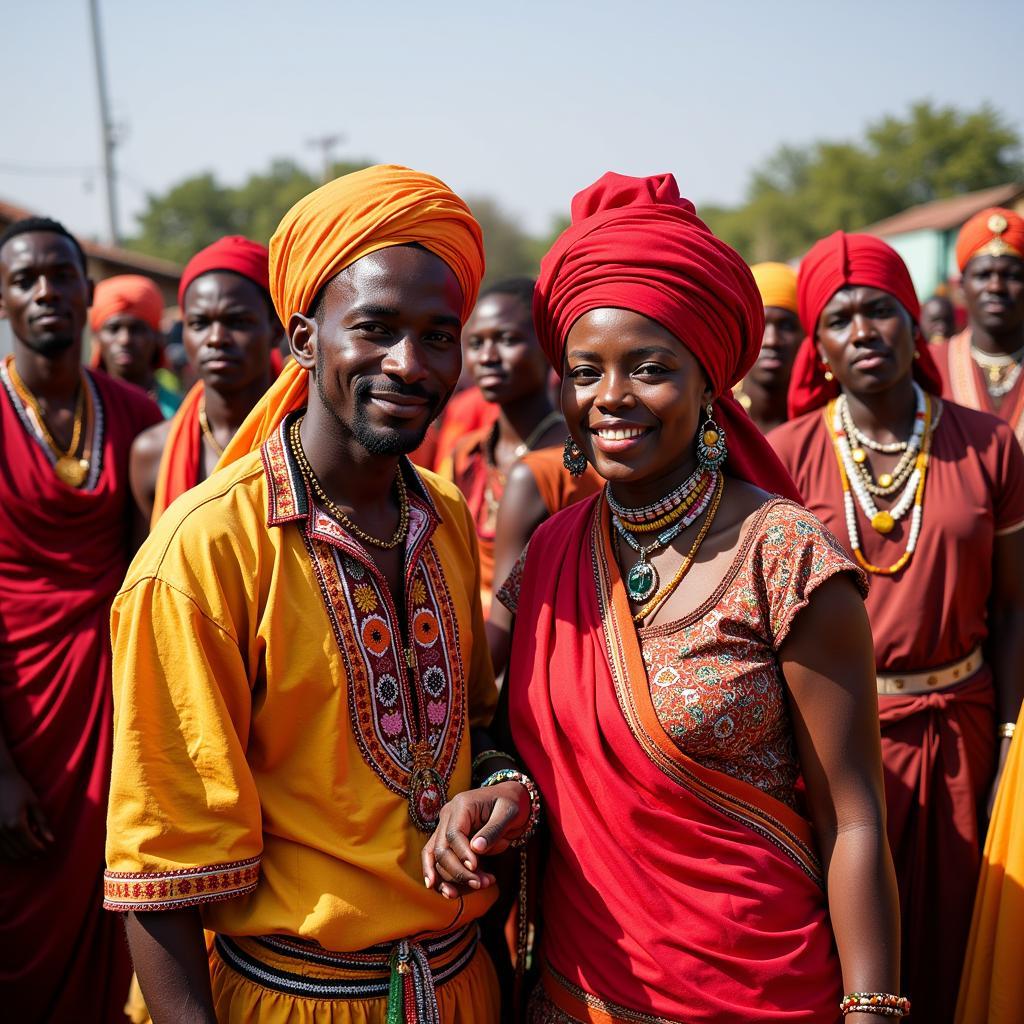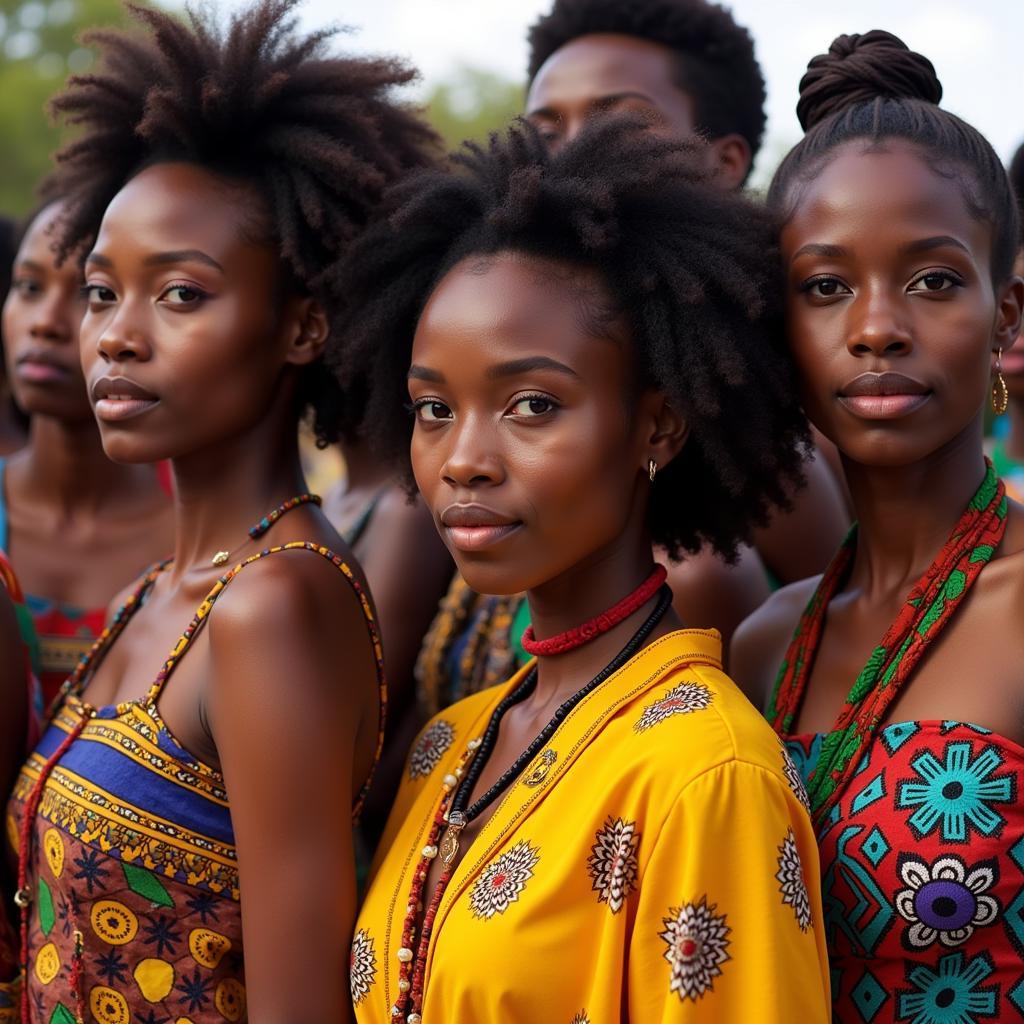African Jungle Gorilla in Herds: Unveiling the Social Dynamics
African jungle gorillas, with their impressive size and gentle nature, captivate the imagination of people worldwide. Often shrouded in mist and myth, these incredible primates are highly social creatures, living in complex family groups called herds. Understanding their herd dynamics provides a fascinating glimpse into the intricate lives of these endangered apes.
Delving into the Gorilla Herd Structure
A typical African jungle gorilla herd consists of a dominant silverback male, several adult females, their offspring, and occasionally a few subordinate blackback males. The silverback, easily recognizable by the silver fur on his back that develops with age, is the undisputed leader of the herd. He plays a crucial role in protecting the group from predators, resolving conflicts, and determining the herd’s movements and feeding areas.
The Importance of the Silverback
The silverback’s leadership is paramount to the herd’s survival. His experience, acquired over many years, allows him to anticipate threats, navigate their territory, and locate the best food sources. Young gorillas learn essential life skills by observing the silverback, ensuring the continuity of knowledge and traditions within the herd.
Female Gorillas: The Heart of the Herd
While the silverback holds the power, female gorillas form the core of the herd’s social structure. They are primarily responsible for raising the young, fostering strong social bonds through grooming, and maintaining cohesion within the group. Female gorillas share close relationships with each other and often collaborate in raising their offspring.
Understanding Gorilla Communication
Communication within a gorilla herd is a complex interplay of vocalizations, gestures, and displays. From the deep chest-beating of a silverback asserting his dominance to the soft grunts exchanged between a mother and her infant, each sound and gesture carries a specific meaning.
Threats to African Jungle Gorillas
Sadly, these gentle giants face numerous threats, primarily from human activity. Habitat loss due to deforestation, poaching, and disease transmission pose significant challenges to their survival. Conservation efforts are crucial to protecting these magnificent creatures and ensuring the long-term survival of African jungle gorillas in their natural habitat.

